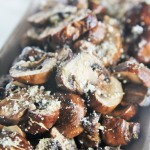Discover the differences between Grana Padano and Parmesan cheese. Learn about their origins, production methods, flavors, and ideal uses in cooking. Find out which cheese is right for your next dish!
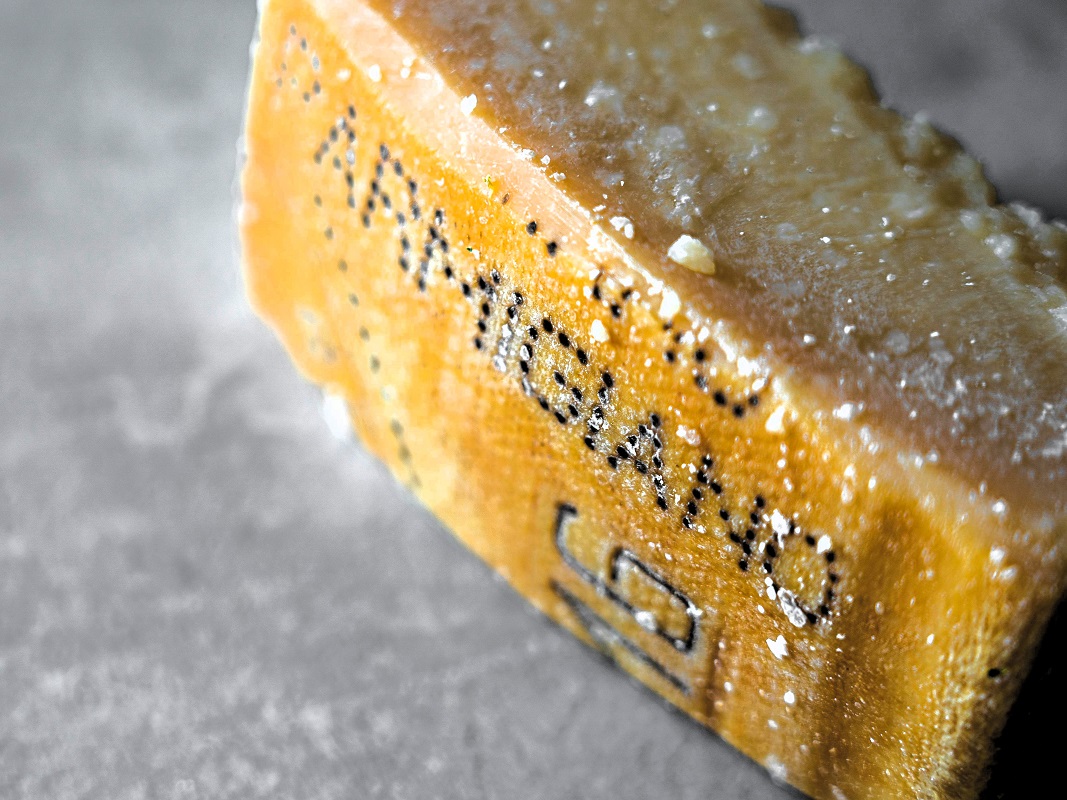
When it comes to Italian cheeses, few are as beloved and revered as Parmesan and Grana Padano. Known for their granular texture, complex flavors, and versatility in various dishes, both cheeses have a long history in Italian cheesemaking. But what sets these two cheeses apart?
In this post, we’ll explore the main differences between Grana Padano (including American Grana Padano Cheese) and Parmesan, touching on their production, taste profiles, and how they can elevate your cooking.
What is Grana Padano?
Grana Padano is a grana-style cheese that originates from Northern Italy. The name “Grana” refers to the cheese’s granular texture, similar to that of Parmigiano Reggiano, but the two are distinct in several ways. Grana Padano is made from raw cow’s milk, typically semi-skimmed milk, and is produced across multiple provinces of Parma as well as parts of the Po River Valley in Italy, including Emilia Romagna and Trentino Alto Adige.
The cheesemaking process for Grana Padano is somewhat similar to Parmigiano Reggiano, but with differences that result in a slightly milder flavor. It is aged for a minimum of 9 months, although some versions may be aged much longer, reaching up to 24 months or more. Grana Padano also has a lower fat content compared to Parmigiano Reggiano, giving it a somewhat softer texture and less sharpness.
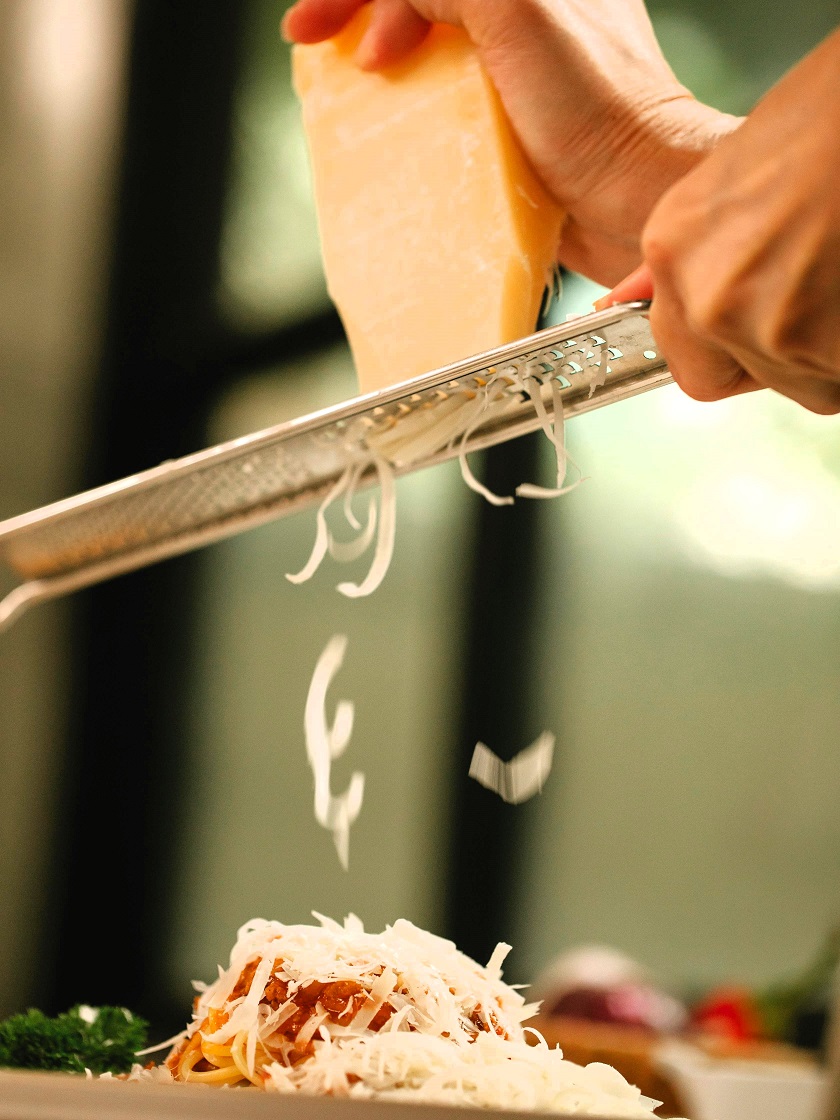
What is Parmesan?
When most people talk about Parmesan, they are referring to Parmigiano Reggiano, a PDO (Protected Designation of Origin) cheese. This means that Parmigiano Reggiano can only be produced in the specific production area within the regions of Parma, Reggio Emilia, Modena, Bologna, and Mantua in Italy. Authentic Parmigiano Reggiano is made from raw cow’s milk and undergoes a careful cheesemaking process with strict regulations set by the Parmigiano Reggiano Consortium.
The Parmesan-style cheese produced in the United States or elsewhere lacks the authenticity and craftsmanship of Parmigiano Reggiano. It might come from different regions or use skim milk instead of whole milk, which results in a different taste and texture. Real Parmigiano Reggiano is known for its nutty flavor, sharpness, and crystalline texture, which come from the cheese’s aging process and the milk’s complex composition.
Is Parmesan the same as Parmigiano Reggiano?
No, Parmesan and Parmigiano Reggiano are not the same. While many people refer to Parmesan as a generic term for cheese similar to Parmigiano Reggiano, they are distinctly different. Parmigiano Reggiano is a specific cheese that can only be produced in certain regions of Italy (such as Parma, Reggio Emilia, and parts of Modena and Bologna) under strict regulations that guarantee its authenticity. It has PDO (Protected Designation of Origin) status in the European Union, meaning it is protected by law. Parmesan, on the other hand, can be made anywhere and doesn’t follow the same strict guidelines, meaning it may not have the same flavor complexity, texture, or quality as the authentic Parmigiano Reggiano.
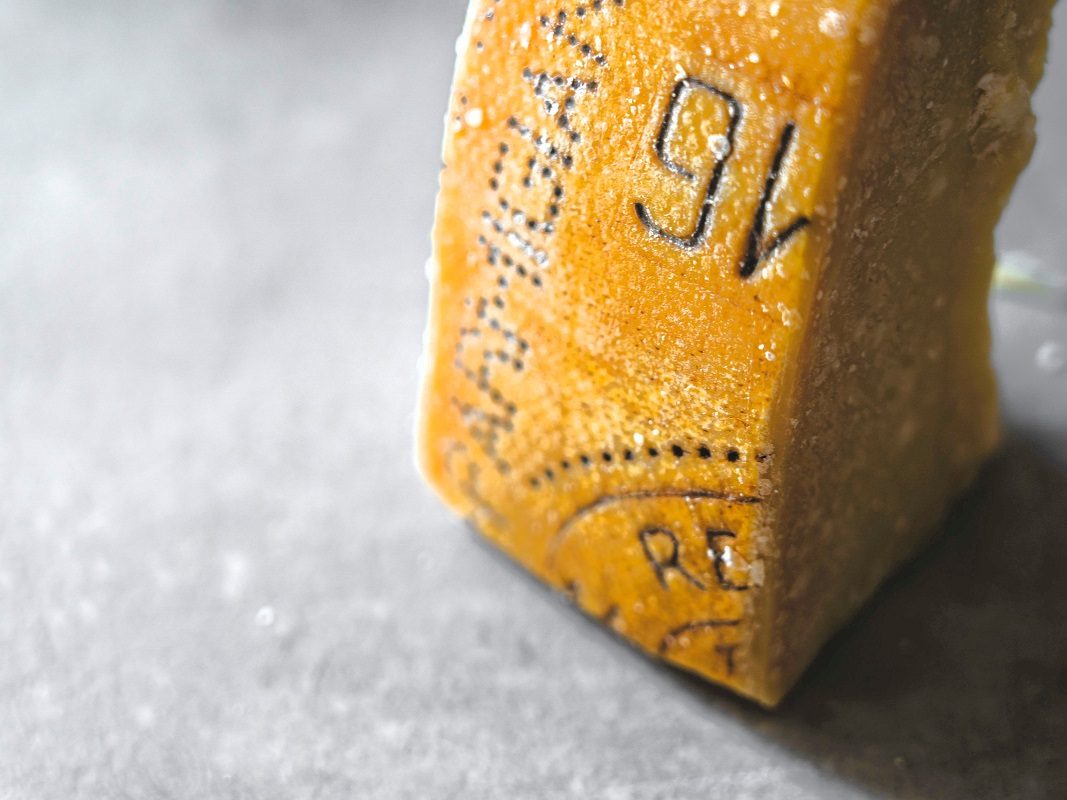
What makes Parmigiano Reggiano so special?
Parmigiano Reggiano is widely considered the king of cheeses due to its unique and strict production process, rich flavor, and historical significance. The cheese must be made from raw cow’s milk sourced from local dairy farms in specific regions of Italy, and it must be aged for a minimum of 12 months, often aging much longer (up to 24 months or more) to develop its signature sharp, nutty flavor.
During production, no additives or preservatives are used, and calf rennet is employed to curdle the milk. The texture is incredibly granular, with small crystals forming as it ages, giving the cheese a distinct crunch. This aging process, along with its specific geography, makes Parmigiano Reggiano a PDO cheese, meaning it is protected and can only be produced under strict regulations, ensuring its authenticity and quality. This combination of factors gives Parmigiano Reggiano a complex, savory profile that elevates any dish, making it an indispensable part of Italian cuisine.
The Main Differences Between Grana Padano and Parmesan
While both Grana Padano and Parmesan share a granular texture and complex flavors, they are not the same cheese. Here are the key distinctions:
1. Geography and Production Area
Grana Padano: Made across a large area in Northern Italy, including Emilia Romagna and Trentino Alto Adige, it is the best-selling PDO cheese worldwide.
Parmigiano Reggiano: Produced only in the designated regions of Parma, Reggio Emilia, and a few other specific provinces, Parmigiano Reggiano has a strict Denominazione di Origine Protetta status, ensuring its authenticity.
2. Aging and Texture
Grana Padano: Aged for at least 9 months, giving it a slightly softer texture and a more delicate flavour compared to Parmesan.
Parmigiano Reggiano: Aged for at least 12 months, but often much longer, resulting in a harder, granular texture with a more decisive flavor and crystalline appearance.
3. Taste Profile
Grana Padano: Has a milder, less sharp flavor, with a subtle nutty undertone and a hint of hazelnut. It’s more accessible for those who prefer a less intense cheese.
Parmigiano Reggiano: Offers a complex flavor profile that is sharp and salty, with a strong nutty essence. It’s often described as the king of cheese due to its deep, rich taste.
4. Fat Content and Milk Type
Grana Padano: Made from semi-skimmed milk, giving it a lower fat content and a slightly softer texture than Parmigiano Reggiano.
Parmigiano Reggiano: Made from whole cow’s milk, which contributes to a richer and fuller flavor, with a firmer texture.
5. Cheesemaking Process
Grana Padano: The cheesemaking process allows for more variability, with some producers using a lysozyme (a natural preservative) to inhibit bacterial growth.
Parmigiano Reggiano: The process is very strict, with the use of raw milk and calf rennet to ensure the authenticity of the cheese.
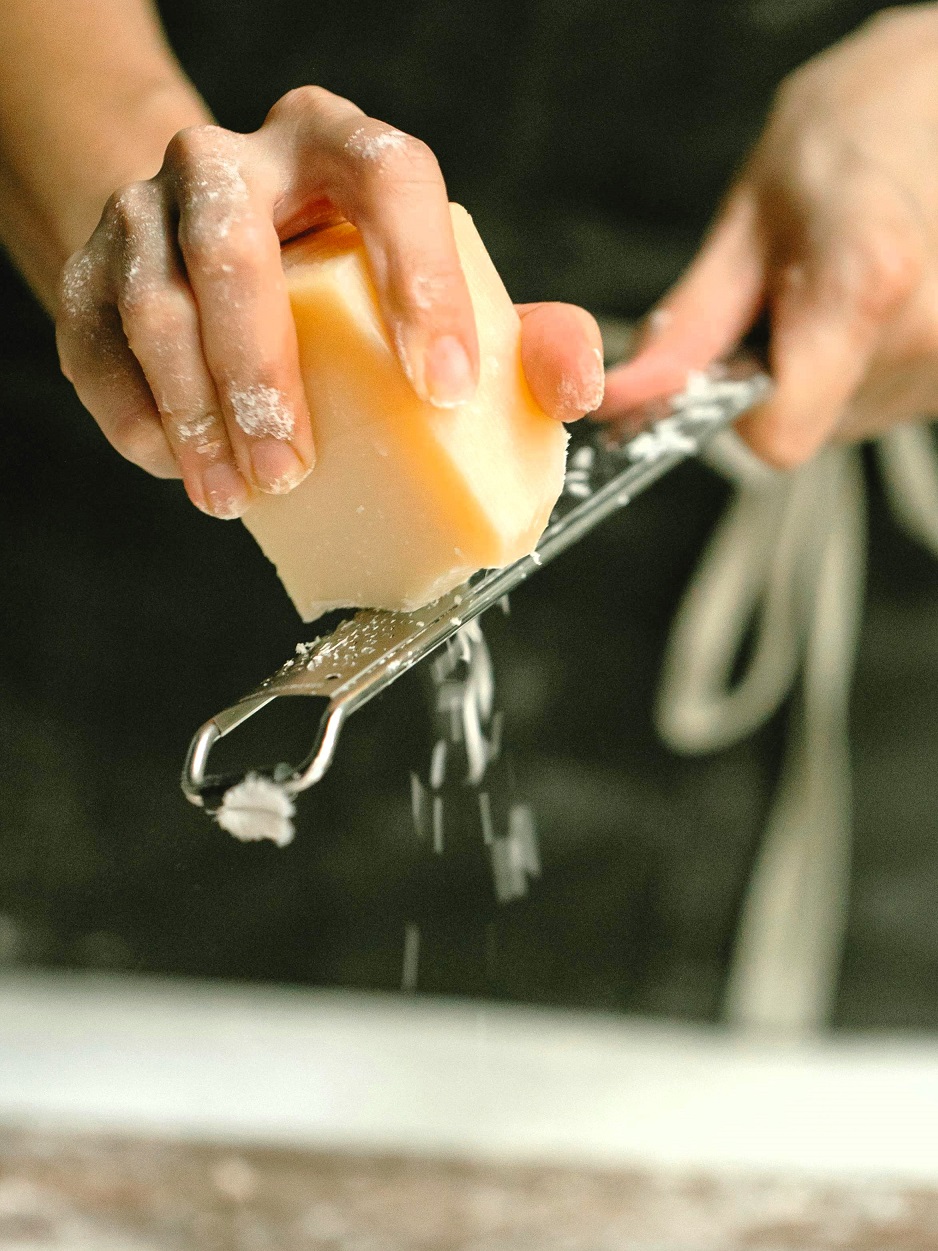
Which is Better: Grana Padano or Parmesan?
Choosing between Grana Padano and Parmigiano Reggiano ultimately comes down to personal preference and the intended use of the cheese. For cheese boards, pasta dishes, or garnishing with a rich, sharp flavor, Parmigiano Reggiano is the top choice. On the other hand, Grana Padano offers a milder flavor and might be a better complement for those looking for a cheese that’s a little less sharp.
How to Use Grana Padano and Parmesan in Cooking
Both Grana Padano and Parmesan are incredibly versatile and can be used in a variety of Italian pasta dishes, soups, or cheese boards. Here are some tips for incorporating them into your meals: Grana Padano is perfect for grating over pasta dishes, salads, or soups where a milder, more delicate cheese is preferred. Parmigiano Reggiano is great for classic pasta dishes like Spaghetti Carbonara, Risotto, or Lasagna, or simply shaved over vegetables or soup to add a more intense flavor.
What Makes Real Parmigiano Reggiano Unique?
The real Parmigiano Reggiano is more than just a cheese; it’s a representation of Italian craftsmanship and heritage. Produced in small batches by master cheesemakers, the production of Parmigiano Reggiano is a carefully controlled process that involves the use of raw milk and traditional methods passed down through generations.
The PDO status ensures that each wheel of Parmigiano Reggiano is made to exacting standards, resulting in a cheese that has a complex flavor, crystalline texture, and a distinctive sharpness.
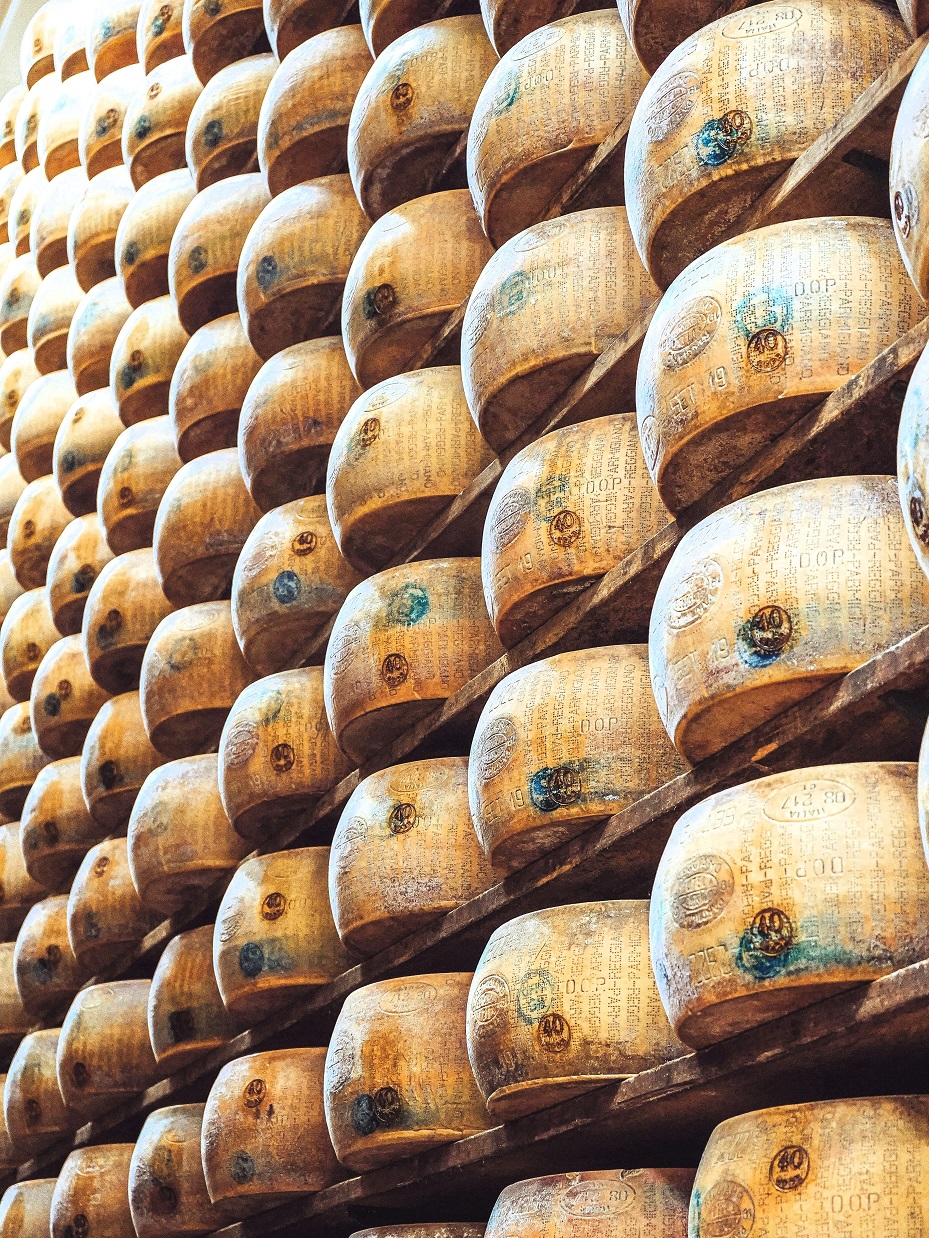
Can I use Grana Padano instead of Parmesan in recipes?
Yes, you can substitute Grana Padano for Parmigiano Reggiano in most recipes, but there are some key differences in flavor and texture that might influence your decision. Grana Padano has a milder, more delicate flavor compared to the sharper, nuttier taste of Parmigiano Reggiano. Because of its softer texture and lower fat content, Grana Padano may not have the same firmness when grated or shaved.
If you’re looking for a more intense, nutty flavor in your dish, Parmigiano Reggiano might be the better choice, but if you prefer a subtler, creamier cheese, Grana Padano can work just as well. Ultimately, the choice comes down to your personal taste preferences and the desired flavor profile for your dish.
Can I find Grana Padano in American grocery stores?
Yes, Grana Padano can often be found in many grocery stores across the United States, especially in specialty food stores, larger supermarkets, and Italian delicatessens. While it might not be as ubiquitous as Parmesan, Grana Padano is growing in popularity, and many American producers have begun making their own versions of the cheese, sometimes labeled as American Grana. If you’re seeking authentic Grana Padano, make sure to look for labels that indicate it is a PDO cheese, and ensure it’s imported from the Po River Valley in Northern Italy. You can typically find it pre-grated or in a wedge for easy grating at home. If you can’t find it at your regular grocery store, Italian markets or online retailers can also be great sources for this delicious cheese.
Does Grana Padano have a stronger flavor than Parmesan?
No, Grana Padano generally has a milder and more delicate flavor compared to Parmigiano Reggiano. While both cheeses share a granular texture and nutty undertones, Grana Padano lacks the sharpness and intense flavor that Parmigiano Reggiano offers. This is due in part to the fact that Grana Padano is typically aged for a shorter time (at least 9 months) and made from semi-skimmed milk, which results in a softer texture and less pronounced taste.
On the other hand, Parmigiano Reggiano is aged longer and is made from whole cow’s milk, contributing to its more intense, complex flavor. Therefore, if you’re looking for a more decisive, tangy flavor, Parmigiano Reggiano would be the better option, while Grana Padano is perfect for those who prefer a subtle, creamy taste.
Can I use Grana Padano and Parmesan interchangeably in recipes?
Yes, you can often use Grana Padano and Parmigiano Reggiano interchangeably in recipes, but the flavor profiles will differ slightly. Grana Padano tends to be milder and softer, making it a great option for dishes where you want a cheese with a subtle richness, such as in creamy sauces, risottos, or soups. On the other hand, Parmigiano Reggiano has a bolder, sharper flavor, which can stand out more in dishes like pasta or when grated over vegetables. If your recipe calls for a crunchy, salty kick or a nutty aftertaste, Parmigiano Reggiano is the ideal choice. However, for a more mild and creamy alternative, Grana Padano can serve as a great substitute.
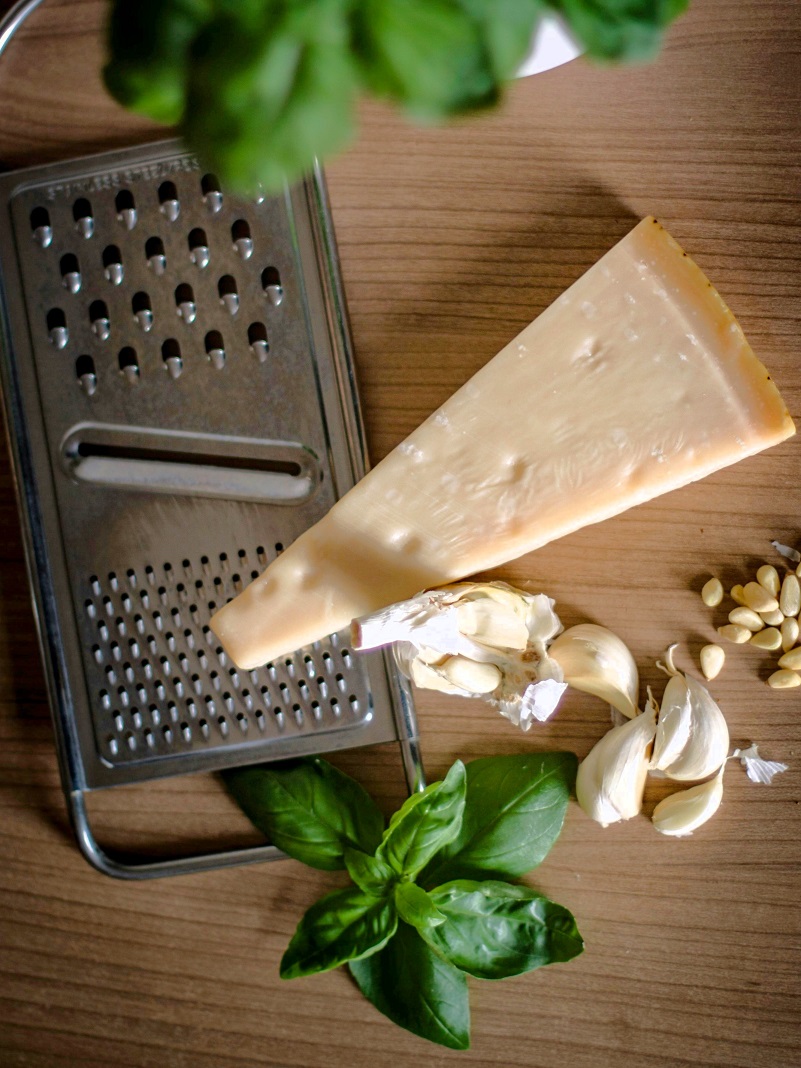
Is Grana Padano a lower-fat cheese than Parmesan?
Yes, Grana Padano tends to have lower fat content compared to Parmigiano Reggiano. This is because Grana Padano is made from semi-skimmed milk, whereas Parmigiano Reggiano is made from whole cow’s milk. As a result, Grana Padano is a bit less rich in terms of both texture and flavor, making it a good option for those who want to enjoy a hard, Italian cheese without the higher fat content. If you’re looking for a cheese with a smoother and less fatty texture, Grana Padano might be the better choice. However, if you’re after the more intense flavors associated with Parmigiano Reggiano, you may prefer the higher fat content and fuller taste that Parmigiano Reggiano offers.
Can Grana Padano and Parmesan be used on cheese boards?
Yes, both Grana Padano and Parmigiano Reggiano are excellent choices for cheese boards. If you want to offer a range of flavors, you could include both cheeses, allowing guests to experience the milder and delicate nature of Grana Padano alongside the sharpness and nutty depth of Parmigiano Reggiano. Pairing them with fruits, nuts, and wine can elevate the experience. Grana Padano pairs wonderfully with sweeter fruits like grapes and apples, while Parmigiano Reggiano complements the saltiness of cured meats and the sharpness of balsamic vinegar. Both cheeses can be served shaved, crumbled, or in small wedge slices, offering versatility on your cheese board.
How long does it take to age Grana Padano and Parmesan?
The aging process for both Grana Padano and Parmigiano Reggiano is critical in developing their distinctive flavors and textures. Grana Padano is aged for at least 9 months, and it can be aged longer (up to 24 months) for a more intense flavor. On the other hand, Parmigiano Reggiano requires a minimum aging period of 12 months, and many cheeses are aged for 18-24 months, sometimes even longer. The longer the cheese is aged, the more intense and granular the texture becomes, particularly with Parmigiano Reggiano, which develops its crystalline texture over time. The aging process contributes greatly to the complex flavor and sharpness of these cheeses.
Are there any substitutes for Grana Padano or Parmesan?
If you’re looking for alternatives to Grana Padano or Parmigiano Reggiano, there are a few options to consider. Pecorino Romano, made from sheep’s milk, is a salty, firm cheese that can offer a similar texture but with a stronger flavor. Asiago and Manchego can also serve as alternatives in recipes, though they differ in flavor intensity and texture. However, if you want an authentic Italian cheese experience, opting for Grana Padano or Parmigiano Reggiano is always the best choice.
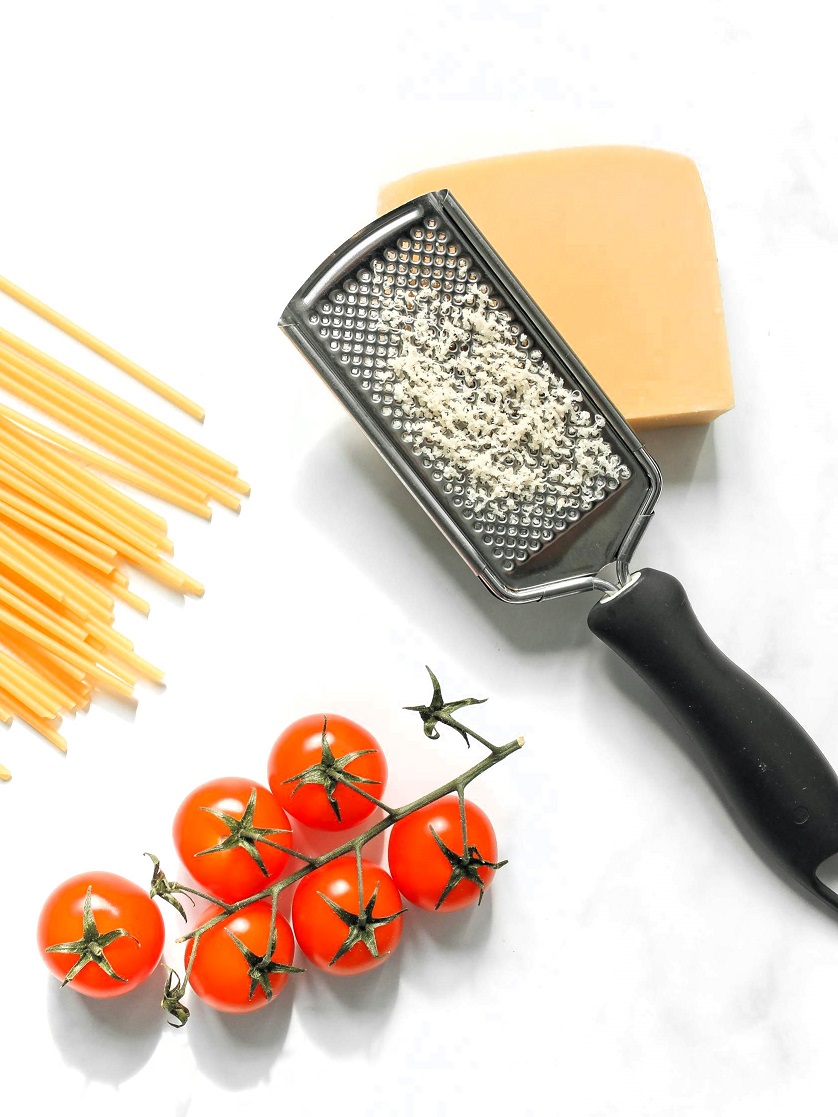
Both Grana Padano and Parmigiano Reggiano are exquisite examples of Italian cheeses and beloved staples in European Union countries and beyond. Whether you prefer the milder flavor and lower fat content of Grana Padano or the complexity and sharpness of Parmigiano Reggiano, both cheeses can elevate your dishes and bring a taste of Italy to your table.
Next time you’re in the grocery store, remember to look for the PDO logo to ensure you’re getting the real deal when purchasing Parmigiano Reggiano or Grana Padano. The right cheese will elevate your cooking, offering a smooth indulgence that enhances everything from pasta to cheese boards.




